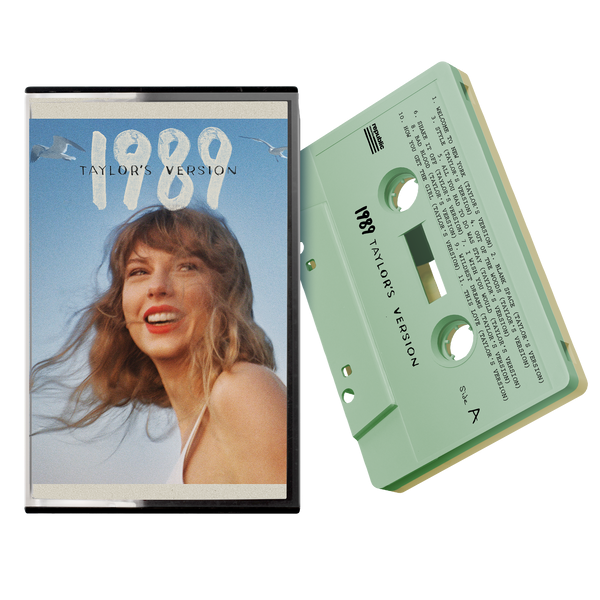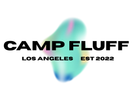As art continues to intersect with wealth, culture, and innovation, more individuals — from seasoned collectors to venture-minded professionals — are exploring how to invest in art not just for its beauty, but for its financial upside. At Camp Fluff, we don’t just celebrate emerging artists — we help build bridges between culture and capital, community and collection.
Whether you're curious about your first acquisition or want to expand a growing portfolio, here’s what you need to know about the real financial value of art investments.
Art as an Alternative Asset Class
Fine art is increasingly being recognized as an alternative asset, similar to real estate, wine, or venture capital. That means it isn’t directly tied to traditional markets like stocks or bonds — making it attractive for diversification.
Key Financial Benefits:
-
Low correlation with stock market volatility
-
Potential for long-term appreciation
-
Tangible, insurable, and inheritable
According to the 2023 Deloitte Art & Finance Report, over 85% of wealth managers recommend art and collectibles as part of their clients’ wealth management strategy — a massive jump from a decade ago.
Strong Historical Returns
The global art market has shown consistent long-term growth, even through economic downturns. According to Artprice’s Global Art Market Report:
-
Contemporary art has seen an average annual return of 13.5% over the past 25 years.
-
Blue-chip artists’ work (those with a strong market history) has outperformed the S&P 500 during several multi-year periods.
Emerging artists — like many who show with Camp Fluff — may offer even higher upside if collected early and supported through curatorial and institutional visibility.
Emerging Artists = Asymmetric Potential
Buying works from early-career artists is similar to seed investing in startups. The initial cost is low relative to future value potential — and if the artist gains recognition, their early work can significantly appreciate.
This kind of art investment carries risk, but also:
-
Higher ROI potential than established artists
-
Cultural and emotional return from supporting rising voices
-
First-mover advantage in shaping taste and collecting trends
Camp Fluff's events are specifically designed to help collectors discover this kind of early-stage creative talent — before prices catch up with demand.
Tax Benefits and Wealth Structuring
In some regions, art can be strategically used for tax planning, inheritance, or philanthropic giving. Examples include:
-
Charitable donations of art can reduce taxable income.
-
1031 exchanges in the U.S. (historically used for real estate and collectibles, though recent rules may limit this).
-
Art lending (using your collection as collateral for loans at banks or art finance firms).
You’ll want to consult a tax advisor or wealth manager who specializes in art to fully explore these advantages.
Fractional Ownership & Art Investment Platforms
For those who can’t (or don’t want to) spend six figures on a single piece, fractional art ownership has emerged as a new model. Platforms like Masterworks allow investors to buy shares in blue-chip artworks — just like owning stock.
While this model is newer, it’s part of a growing trend of democratizing art investment.
How to Start Investing Through Camp Fluff
Camp Fluff offers a unique opportunity to collect early work by boundary-pushing artists in a curated, community-forward setting. By investing in these artists early:
-
You support sustainable careers for creatives
-
You gain access to exclusive works before gallery representation
-
You participate in shaping a new wave of culturally significant collecting
We also offer curator-guided previews, collector profiles, and access to our private art investment newsletter. Email us at info@flufflosangeles.com to learn more.



